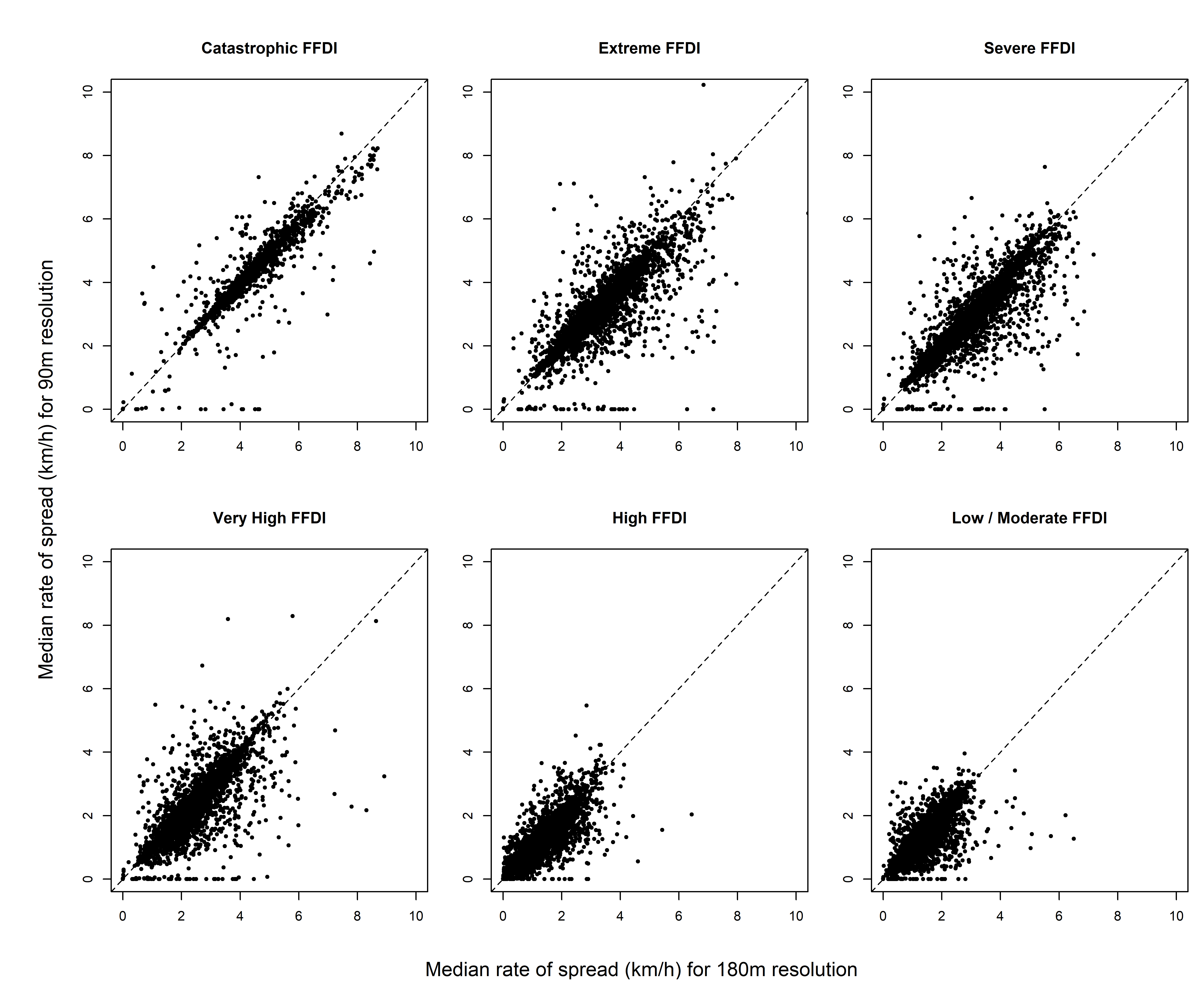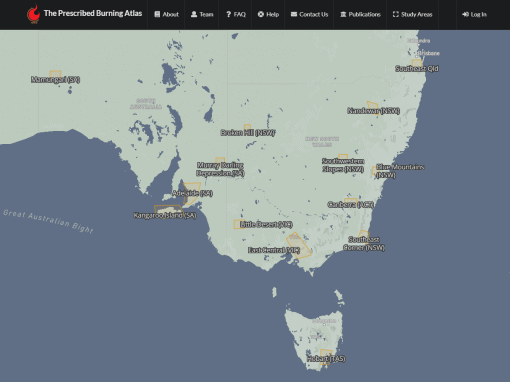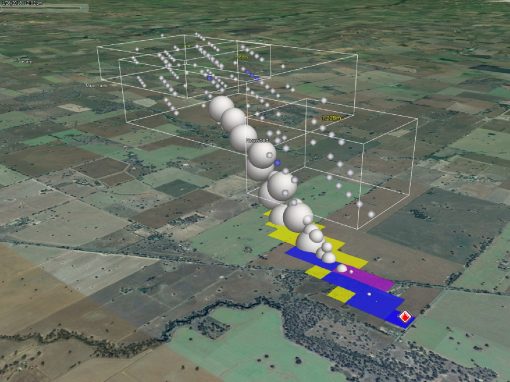Then name PHOTON originates from PHOenix Test demON. PHOTON relies on using of Phoenix fire simulator as a model and is not an independent software, it. The main purpose of PHOTON is to compare multiple PHOENIX projects that can be derived from either different PHOENIX versions or different PHOENIX input datasets. Photon was developed for Windows OS only.
PHOTON allows a user to run two different types of scenarios.
The first scenario is called “Study Case Fires”. As the name suggests, a database of known fire events exists which can be used for assessing model performance. These fires have not been used extensively in the development of PHOENIX and are considered independent. Each case study fire is run across the comparisons and compared to the known fire extent. The software then analyses the differences in area and spatial overlap between the original fire and multiple PHOENIX projects – with differing versions of PHOENIX or input data.
The second scenario is called “Synthetic Fires”. In this approach, we are looking at variation in predicted fire behaviour across a range of environmental and weather conditions. A grid of ignition points is created across a defined study area. The user can determine the spacing of the ignitions. For each ignition point, 18 weather streams are used to simulate fires. These weather streams cover the full range of the Forest Fire Danger Index (FFDI). Data are analysed according to the fuel which the fire burns – grass, forest, or mixed. We then compare the extent and overlap of the fires between multiple PHOENIX projects – with differing versions of PHOENIX or input data


